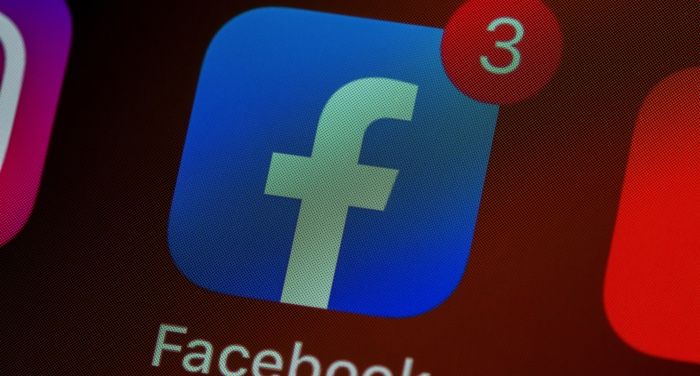
School Libraries and Their Fight Against Fake News
In the school library that I manage, I am trying to ensure students ages 11–19 are aware of the scourge that is “fake news”. Don’t get me wrong, students are aware of it, but they aren’t necessarily tuned in to how dangerous it can be, especially in today’s fragmented media landscape.
I was recently interviewed by the great Amy Hermon for the School Librarians United podcast and she asked why I decided to help students fight this problem. I think it’s one of the most important things that anyone in an educational position should be doing. History has become untethered, reality no longer a tangible object we can call upon to keep ourselves focused, calm and reasonable. We’ve seen this with the Capitol attacks, we’ve seen it with the rise of Q, and it’s only going to get worse.
We also know the impact of fake news and misinformation here in the UK. Conspiracy theorists destroyed 77 5G wifi towers because they thought the towers spread COVID-19.
And now, fake news is leading the way in causing UK residents from South Asia to reject COVID-19 vaccinations. It’s a big problem – it’s no longer stupid memes, it’s now a real, dangerous threat to the public health and to democracy as a whole. It is, in my opinion, a political and social emergency.
So how do you fight it? It can seem overwhelming, I avoid going after trolls online, as there are too many and their minds can’t be changed. I don’t know who said it, but the phrase “the mind is not a boomerang, if you throw it too far, it might not come back” comes to mind.
My approach has been to implement the subject into lessons that students take at school. Over the course of a month I will teach around 700 students. I try, over the course of a few months, to bring this issue to light and to give them tools to fight fake news.
I try to make it engaging and fun. Here’s how I did it before our current lockdown:
I put students into six groups of five. Each group is given a different news story. Each story has been published; in other words, they aren’t stories that I have made up. These stories have been created and thrown out onto the internet. The catch is that only one of these stories is true. Groups must read their story and determine if they have the real one.
I keep it light for this one, I’m not trying to depress or scare anyone. The stories range from “Man wins lottery, dumps $300,000 worth of manure on boss’ lawn.” to “Woman finds 90,000 bees in her car” to “Cave paintings depict humans fighting dinosaurs!”
I feel this is a great way to get students talking about this issue without beating them over the head with it. When we are done, we go through the reasons what makes a story fake. We look at emotional language, all-caps text, exclamation points, when something is too good to be true. We look at unsubstantiated claims, grammar and spelling mistakes, unaccredited images, and so on.
When we’re done, I give students a fake web page to look at. It contains all of the things we had talked about. I laminate the pages and get them to circle fake news red flags using board markers.
This always generates a good discussion, especially on the topic of school uniforms, which almost all students in the UK have to wear up to a certain point. I have found that once I’ve gone through the first step of this lesson, students are quite savvy about picking out the potential problems with this fake news article.
When we are finished this activity, we move on to a fake news quiz. My goal with this quiz is to show students the kinds of headlines that circulate heavily on the internet. These headlines and stories have all been made public and some have been shared by celebrities. This latter point often gives stories higher credibility than others. In the quiz students must read a headline and determine if they think it is true or not. It seems easy but it can be tricky. I have given this quiz to close to 400 students and the average score is 64% so there it’s clear that there is still work to be done.

















